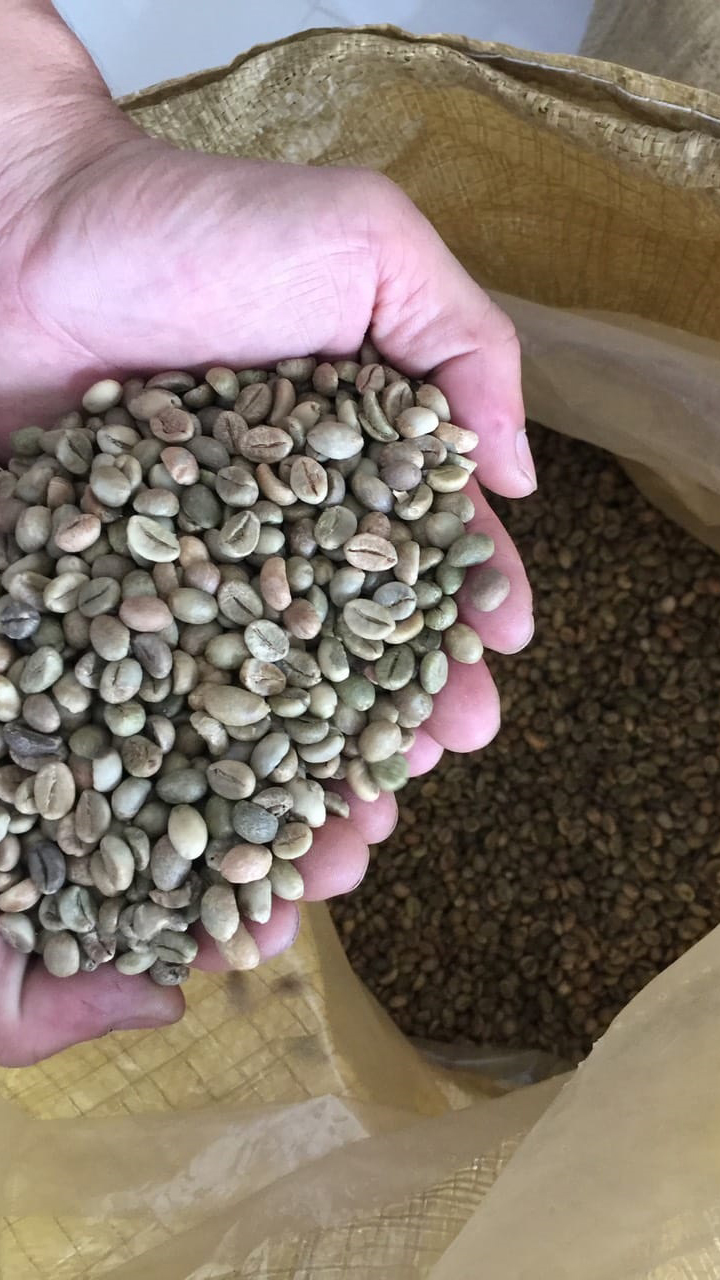VIETNAM’S CINNAMON EXPORTS RANK FIRST IN THE WORLD
In October 2023, Vietnam exported 74,744 tons of cinnamon, generating 220.3 million USD, marking a 19.2% increase in quantity but a 1.3% decrease in value.
On the morning of November 15 in Hanoi, the Forestry Department, Ministry of Agriculture and Rural Development (MARD), IDH organization, and the Vietnam Pepper and Spice Association organized a national workshop on the sustainable development of Vietnam’s cinnamon industry. During the event, the Public-Private Partnership (PPP) working group on pepper and spices and the Subcommittee on the cinnamon industry were introduced.
Vietnam is the world’s leading producer of cinnamon, with approximately 180,000 hectares primarily located in the northern mountains and central northern regions.
In 2022, Vietnam accounted for 18.2% of global cinnamon production and held a 34.4% share of the global cinnamon export market. Vietnam was also the top exporter of cinnamon globally, with exports reaching over 292 million USD.

According to the Vietnam Pepper Association, by the end of October 2023, Vietnam exported 74,744 tons of cinnamon, earning 220.3 million USD. This represents a 19.2% increase in quantity but a 1.3% decrease in value compared to the same period last year. The average export price of cinnamon over the first 10 months was 2,948 USD per ton, reflecting a 17.2% decrease compared to the same period in 2022.
The primary export markets for Vietnamese cinnamon include India, accounting for 43.9% of the market share, followed by the United States, Bangladesh, and others.
Mr. Trieu Van Luc, Deputy Director of the Forestry Department, Ministry of Agriculture and Rural Development, stated that many regions in Vietnam have the necessary conditions for cultivating and developing cinnamon plants. Cinnamon is considered one of the high-value non-timber forest products. Currently, cinnamon cultivation serves as a livelihood for hundreds of thousands of ethnic minority households in remote provinces, contributing to the socio-economic development of various regions.
Ms. Hoang Thi Lien, Chairwoman of the Vietnam Pepper and Spice Association, stated that there is a market demand for value-added, organic, and functional food products to enhance immune function, combat diseases, such as ginger, turmeric, and cinnamon.
While cinnamon is a product with significant export potential, it is also influenced by the trends of green consumption, reduced emissions, and carbon footprint; products must have source traceability and ensure quality, especially in terms of pesticide residues. For example, in the United States, this market tightly controls the use of prohibited substances.
Despite being the world leader in cinnamon exports, Ms. Hoang Thi Lien mentioned that Vietnam has not yet set a national strategic development direction; there is a lack of mechanisms to conduct timely research to meet market demands.
The quality of cinnamon seedlings is still uncertain, and there hasn’t been research on advanced varieties. This is a major reason why Vietnam’s cinnamon production is much lower than the global cinnamon yield, especially compared to China.
Additionally, there is no central organization connecting various entities, leading to individualized programs. The collaboration between processing and exporting enterprises with cinnamon growers has not developed, even though Vietnam has over 600 companies operating in the spice sector, mostly engaged in trade. The supply chain has not been organized and implemented effectively, especially in forming cooperatives and partnerships to connect with businesses.
With the establishment of the Public-Private Partnership (PPP) working group, Mr. Huynh Tien Dung, National Director of IDH in Vietnam, shared that collaboration between public and private sectors in supporting the cinnamon industry has been ongoing. Over time, with the connection of IDH and some non-governmental organizations, public and private sectors have coordinated various dialogues, collaborated on training materials for farmers, and worked with cinnamon companies on sustainable production projects, experimenting with carbon emission measurement tools in the cinnamon supply chain. The official decision of the Ministry of Agriculture and Rural Development has elevated the commitment level of public-private cooperation to a new, more comprehensive level.
Mr. Trieu Van Luc, representative of the PPP working group, outlined the development direction of the cinnamon industry, including land fund determination, planting area scale, improving regulations, policies, and specific mechanisms for cinnamon, researching, selecting, creating, and producing cinnamon seedlings, developing raw material areas, organizing production, developing primary processing facilities, and processing and marketing the products.
Source: Bnews.vn
https://alamspice.com/index.php/2023/11/15/vietnams-cinnamon-exports-rank-first-in-the-world/






